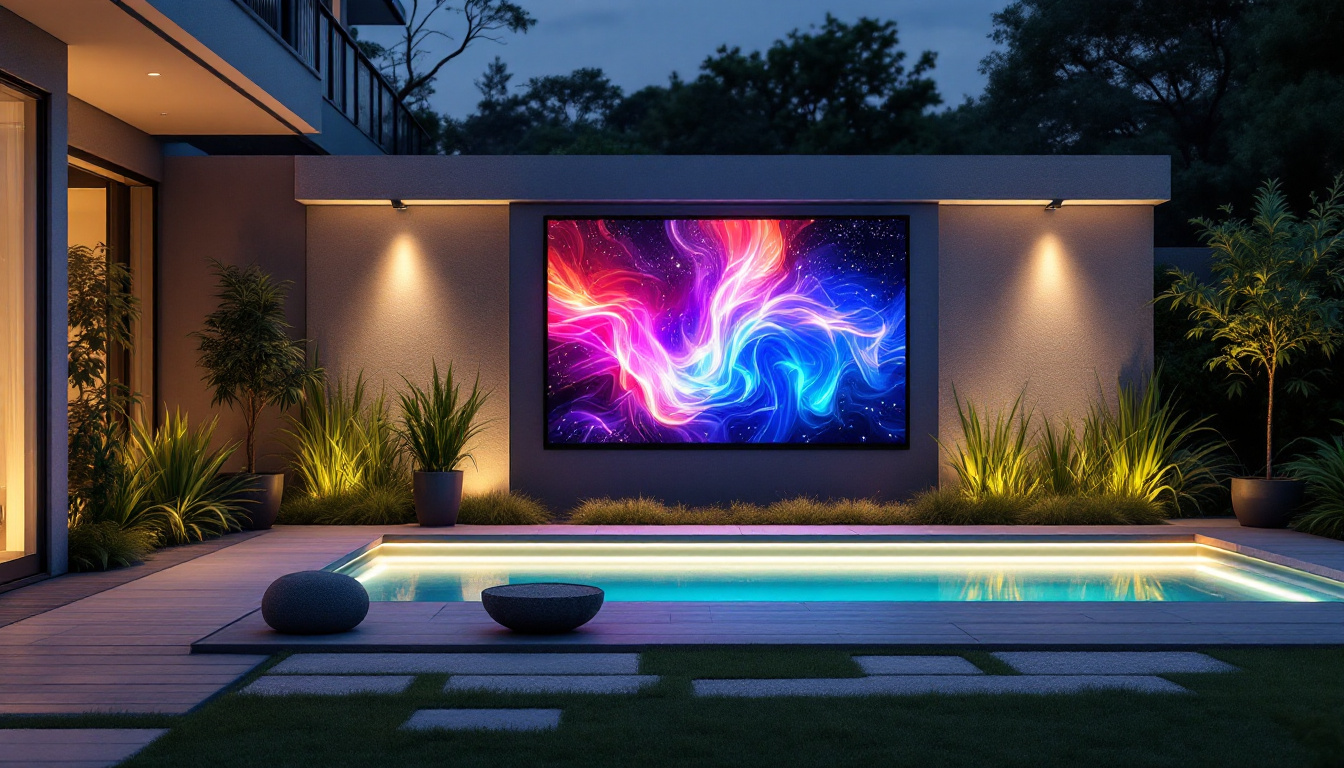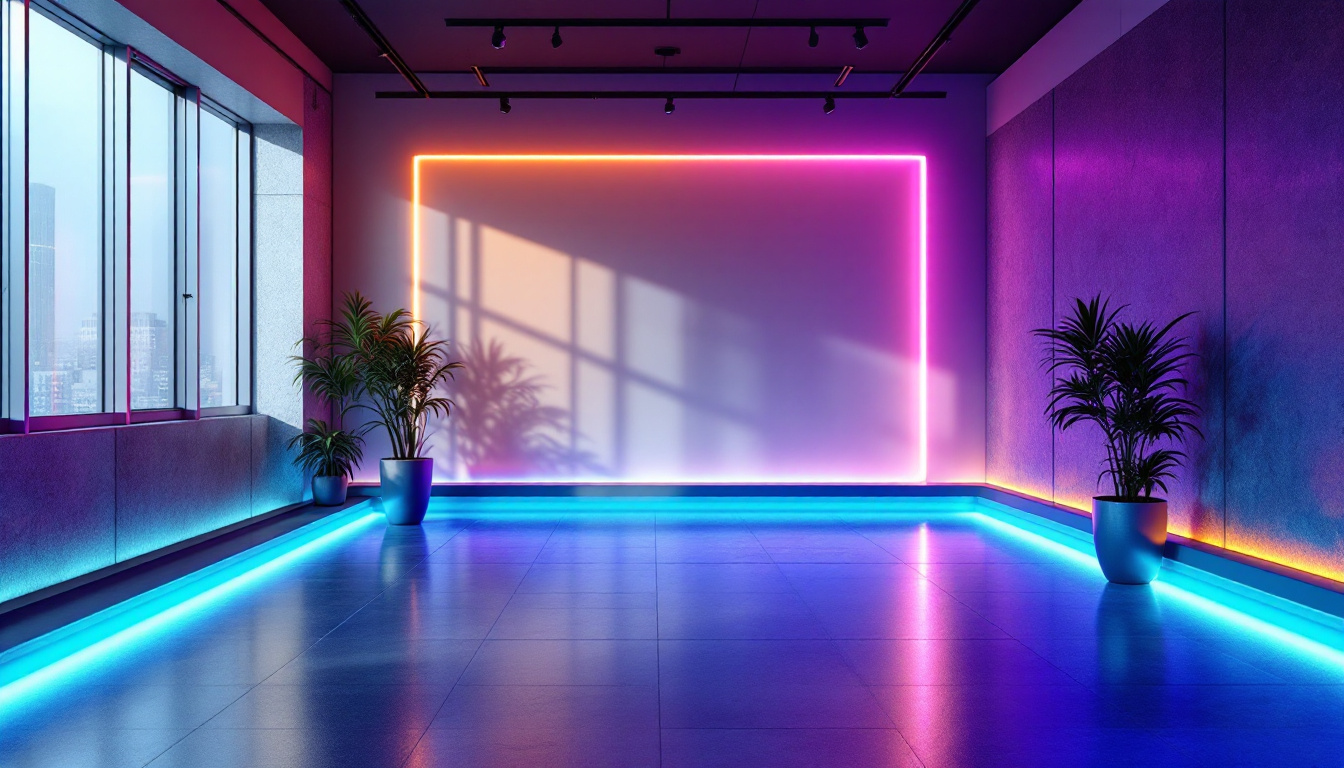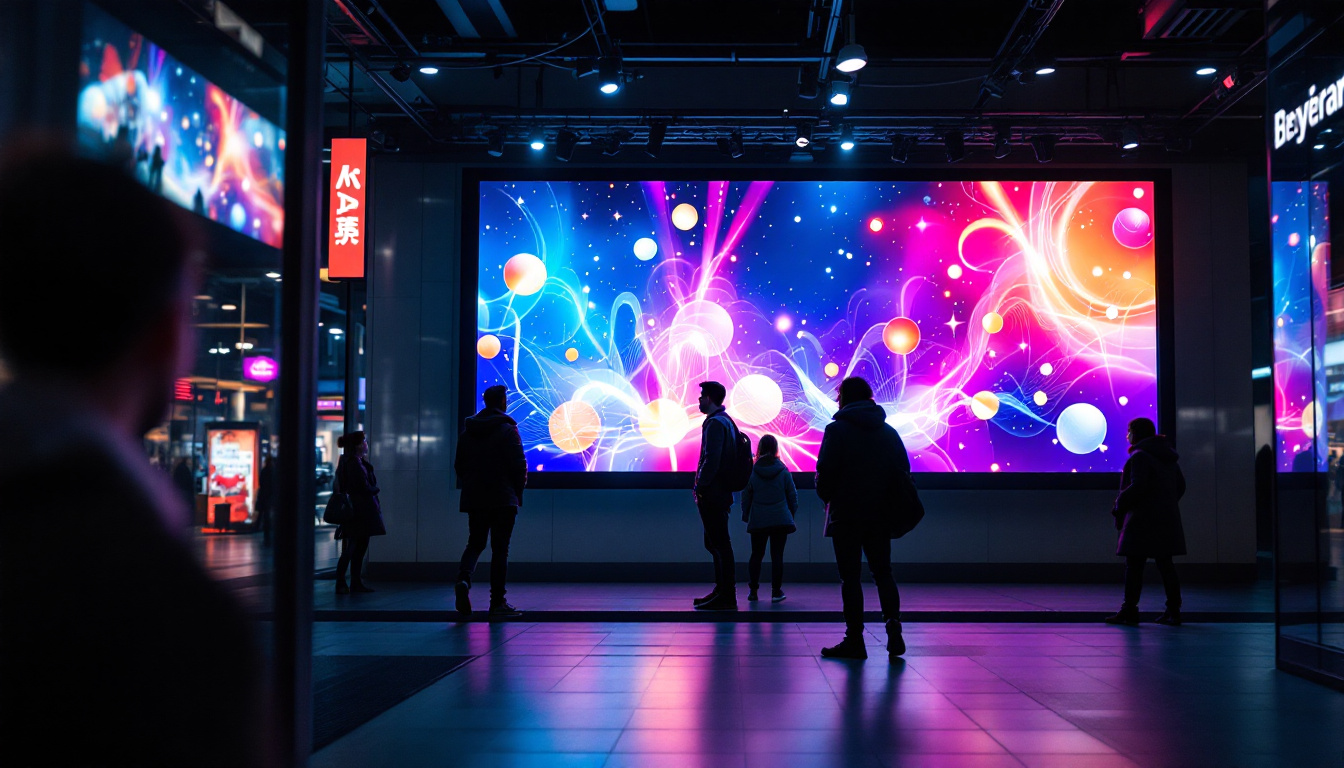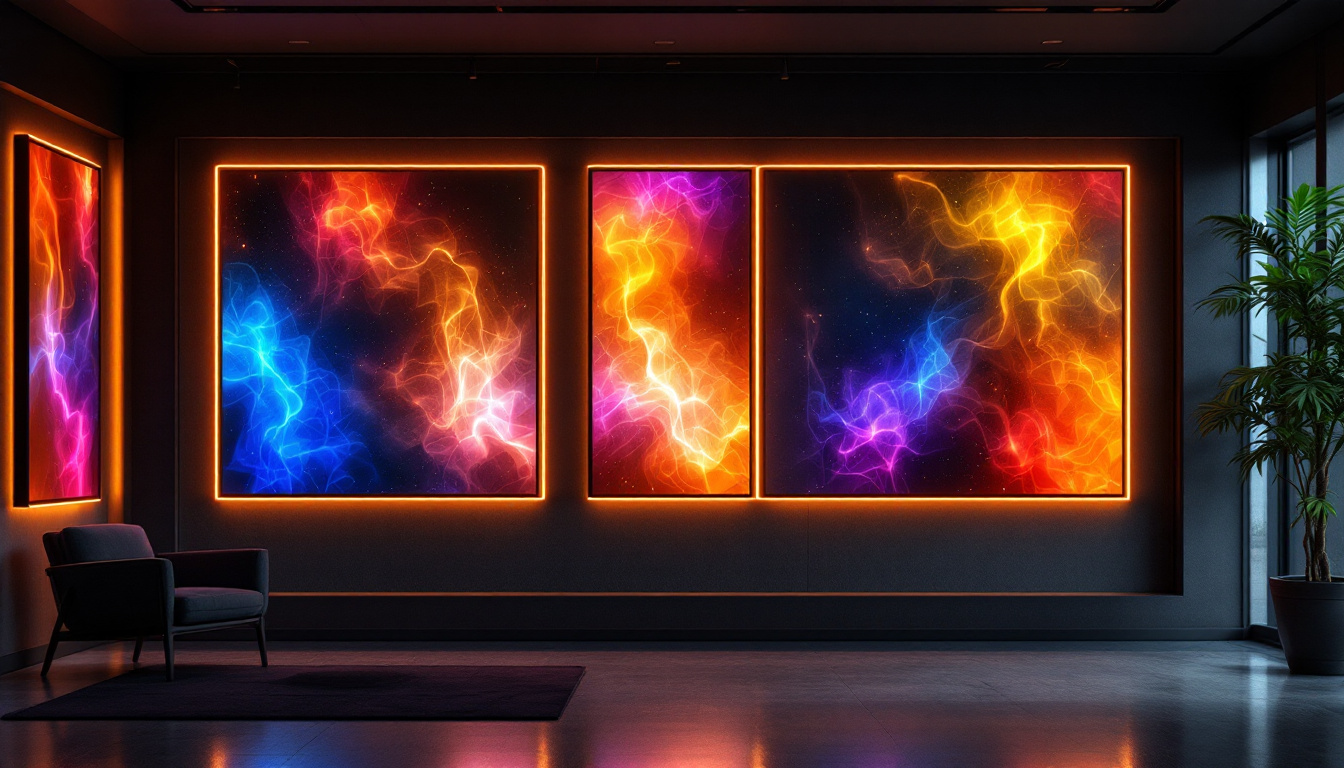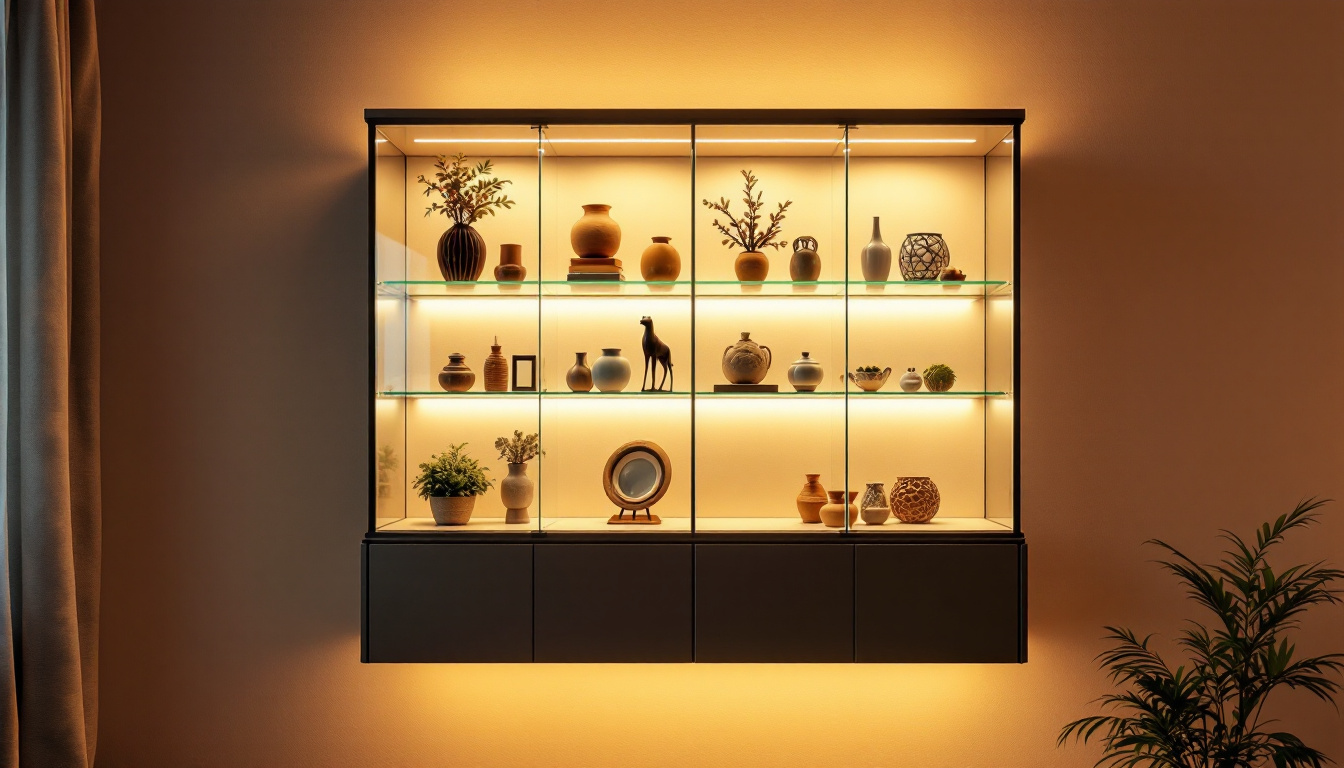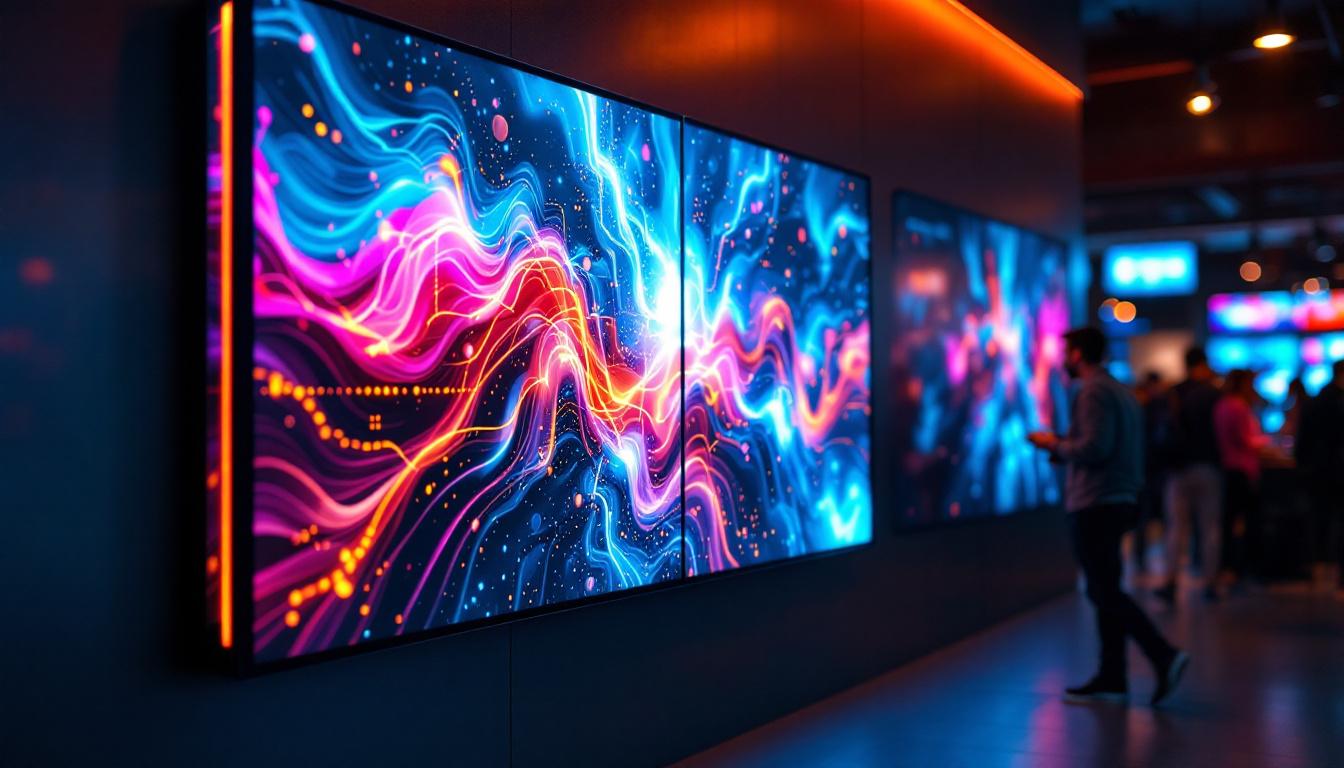Transforming a church into a home is a unique architectural and design challenge that blends history, spirituality, and modern living. One of the most innovative features homeowners are incorporating into these remodeled spaces is LED display technology. From enhancing ambiance to providing functional lighting and entertainment, LED displays are revolutionizing how these sacred spaces are repurposed.
This article explores the intricate process of remodeling a church into a home, focusing on the role and benefits of LED displays. It will cover the architectural considerations, types of LED technology ideal for such conversions, and practical examples of how LED displays can be integrated seamlessly into these extraordinary living spaces.
The Unique Challenges of Remodeling a Church into a Home
Preserving Architectural Integrity
Churches are often historic buildings with intricate architectural details such as stained glass windows, vaulted ceilings, and ornate woodwork. When converting these spaces into homes, maintaining the building’s character while making it livable is a delicate balance. Homeowners and architects must work together to ensure that renovations respect the original design while adapting the space for modern use.
One of the primary challenges is integrating modern technology without detracting from the church’s aesthetic. LED displays, when thoughtfully installed, can complement the architecture rather than overpower it, providing a subtle yet impactful enhancement. Additionally, careful selection of materials is crucial; for instance, using reclaimed wood for cabinetry or flooring can echo the church’s historical elements while ensuring a cohesive look throughout the home.
Furthermore, preserving the original stained glass windows can be both a challenge and an opportunity. These colorful artworks not only add beauty but also serve as a connection to the building’s past. Homeowners might consider installing protective glazing to maintain their integrity while allowing natural light to filter through, creating a vibrant atmosphere within the home.
Adapting Large, Open Spaces
Church interiors typically feature vast open spaces designed to accommodate congregations. These large volumes can be difficult to heat, cool, and furnish. Remodeling often involves subdividing the space into functional areas such as bedrooms, kitchens, and living rooms, while still preserving the open feel.
LED lighting and display technology can help define these spaces visually. For example, programmable LED panels can create zones of light that delineate areas without the need for physical walls, maintaining openness while adding warmth and intimacy. In addition, the use of furniture that serves dual purposes—such as a large dining table that can also function as a workspace—can help maximize the utility of these expansive areas while keeping the overall design uncluttered.
Another consideration is the acoustics of these large spaces. Churches are designed to amplify sound, which can pose challenges in a home setting. Homeowners might explore sound-absorbing materials, such as plush rugs or upholstered furniture, to create a more comfortable living environment. Thoughtful placement of these elements can help manage sound while still allowing for the grandeur of the original architecture to shine through.
Understanding LED Display Technology
What Are LED Displays?
LED (Light Emitting Diode) displays are screens that use tiny light-emitting diodes to produce images and lighting effects. Unlike traditional lighting or screens, LEDs offer high brightness, energy efficiency, and versatility in size and shape. These qualities make them ideal for creative applications in home design, especially in unconventional spaces like remodeled churches.
LED displays can range from simple strip lights to full-color video walls. Their ability to produce vibrant colors and dynamic effects allows homeowners to customize their environment in ways that were previously impossible. For instance, the use of LED technology can create immersive experiences that engage congregants on a deeper level, enhancing the overall atmosphere during services or community events. Additionally, the longevity of LED lights means that they require less frequent replacement, making them a cost-effective choice for long-term installations.
Types of LED Displays Suitable for Church Homes
Several types of LED displays are particularly well-suited for church-to-home conversions:
- LED Strip Lights: Flexible and easy to install, these can accent architectural features such as arches, beams, or stained glass frames. Their adaptability allows for creative installations that can change the mood of a space with different color settings.
- LED Panels: Thin, flat panels that can be mounted on walls or ceilings to display ambient lighting or digital art. These panels can be programmed to shift colors and patterns, providing a dynamic backdrop that can reflect the themes of various services or celebrations.
- Transparent LED Screens: These can be integrated into windows or glass partitions, allowing light and images to pass through without blocking views. This unique feature enables a seamless blend of the outside world with the interior ambiance, creating a serene and inviting environment for worship.
- Custom LED Video Walls: Large-scale displays that can transform entire walls into dynamic canvases for art, entertainment, or ambient visuals. These video walls can be used to showcase inspirational messages, live feeds of services, or even interactive displays that engage the congregation in real-time.
Furthermore, the integration of LED technology into church homes can also facilitate a range of multimedia presentations. With the ability to connect to various devices, these displays can serve as platforms for educational content, community announcements, or even artistic performances. The versatility of LED displays allows for a multi-functional space that can adapt to the diverse needs of a modern congregation, fostering a sense of community and connection among members.
As churches transition into homes, the thoughtful application of LED technology can significantly enhance the aesthetic and functional aspects of the space. The interplay of light and color not only beautifies the environment but also serves to uplift spirits and create a welcoming atmosphere. In this way, LED displays become more than just decorative elements; they transform into vital components of the worship experience, bridging the gap between tradition and contemporary design.
Benefits of Incorporating LED Displays in Church Home Remodels
Energy Efficiency and Sustainability
LED technology is renowned for its low energy consumption compared to traditional incandescent or fluorescent lighting. This efficiency is crucial in large, often drafty church buildings where heating and cooling costs can be significant. By using LED displays for both lighting and entertainment, homeowners reduce their environmental footprint and utility bills.
Moreover, LED lights have a longer lifespan, reducing maintenance costs and the frequency of replacements—an important consideration in homes with high ceilings or difficult-to-access fixtures.
Enhancing Ambiance and Mood
Lighting plays a vital role in setting the tone of any living space. In a remodeled church, LED displays offer unparalleled control over ambiance. Homeowners can adjust color temperature, brightness, and patterns to suit different moods or times of day.
For example, warm amber tones can evoke the cozy, contemplative atmosphere of a traditional church service, while cooler blues and whites can create a modern, minimalist vibe. Dynamic LED installations can even simulate natural phenomena like sunrise or candlelight, enhancing the spiritual essence of the space.
Functional and Aesthetic Versatility
LED displays are not just decorative; they serve practical functions as well. Integrated LED panels can provide task lighting in kitchens or reading nooks, while embedded LED strips can illuminate staircases or hallways for safety.
Additionally, LED displays can be programmed to show digital art, family photos, or even interactive content, turning walls into personalized galleries. This flexibility allows homeowners to continuously refresh their environment without costly renovations.
Practical Examples of LED Display Integration in Church Homes
Highlighting Architectural Features
One common approach is to use LED strip lighting to emphasize the church’s original architectural elements. For instance, LED strips installed along the edges of vaulted ceilings or around stained glass windows can highlight these features beautifully at night.
In some cases, transparent LED screens have been installed in place of traditional stained glass, allowing homeowners to display custom images or scenes that change with the seasons or special occasions. This modern twist preserves the spiritual symbolism while adding a contemporary flair.
Creating Multi-Functional Living Spaces
Large church interiors can be divided into zones using LED lighting to create distinct areas without physical barriers. For example, a living room area might be defined by a warm, dimmable LED panel ceiling, while an adjacent kitchen could feature bright, adjustable LED task lighting.
In open-plan designs, LED video walls can serve as entertainment centers or digital art installations, adding both function and style. These displays can also be used for home offices or workout areas, providing motivational visuals or virtual backgrounds.
Smart Home Integration
Modern LED displays are often compatible with smart home systems, allowing homeowners to control lighting and visuals via smartphones or voice commands. This integration enhances convenience and enables complex lighting scenes that adapt automatically to daily routines.
For example, a “morning mode” might gradually brighten LED panels to simulate sunrise, while an “evening mode” dims lights and displays calming visuals. Such features are particularly valuable in large, unconventional spaces where manual control of multiple lighting zones would be cumbersome.
Considerations When Choosing LED Displays for Church Remodels
Balancing Technology with Tradition
While LED displays offer exciting possibilities, it is essential to maintain respect for the church’s historical and cultural significance. Collaborating with preservation experts and architects ensures that technology enhances rather than detracts from the building’s character.
Choosing subtle, customizable LED solutions over flashy or intrusive installations helps preserve the solemnity and beauty of the original space.
Budget and Installation Complexity
LED display systems vary widely in cost depending on size, complexity, and features. Homeowners should carefully plan their budgets and consult with experienced installers to avoid unexpected expenses.
Installation in older buildings may require additional electrical upgrades or structural modifications. However, many LED products are designed for easy retrofit, minimizing disruption and preserving the building’s fabric.
Maintenance and Longevity
LED technology is durable, but proper maintenance is still necessary to ensure longevity. Choosing high-quality products from reputable manufacturers and scheduling regular inspections can prevent issues and extend the life of the installation.
In a church home, where access to fixtures might be challenging, prioritizing ease of maintenance is especially important.
Conclusion: LED Displays as a Bridge Between Past and Present
Remodeling a church into a home is a remarkable journey that honors the past while embracing modern living. LED display technology plays a pivotal role in this transformation, offering a versatile, efficient, and aesthetically pleasing way to illuminate and personalize these extraordinary spaces.
By thoughtfully integrating LED displays, homeowners can highlight architectural beauty, create functional zones, and craft an ambiance that reflects both the building’s heritage and their unique lifestyle. As LED technology continues to evolve, its potential to enhance historic home conversions like church remodels will only grow, making it an essential consideration for anyone embarking on such a project.
Illuminate Your Space with LumenMatrix
Ready to embark on the transformative journey of converting a church into a modern, illuminated home? LumenMatrix is at the forefront of LED display innovation, offering a wide array of solutions that can bring your vision to life. From Indoor and Outdoor LED Wall Displays to custom solutions that fit the unique contours of your sacred space, we are committed to enhancing your home with energy-efficient, captivating displays. Discover how our LED technology can honor the heritage of your space while infusing it with contemporary brilliance. Check out LumenMatrix LED Display Solutions and take the first step towards a beautifully lit future.






